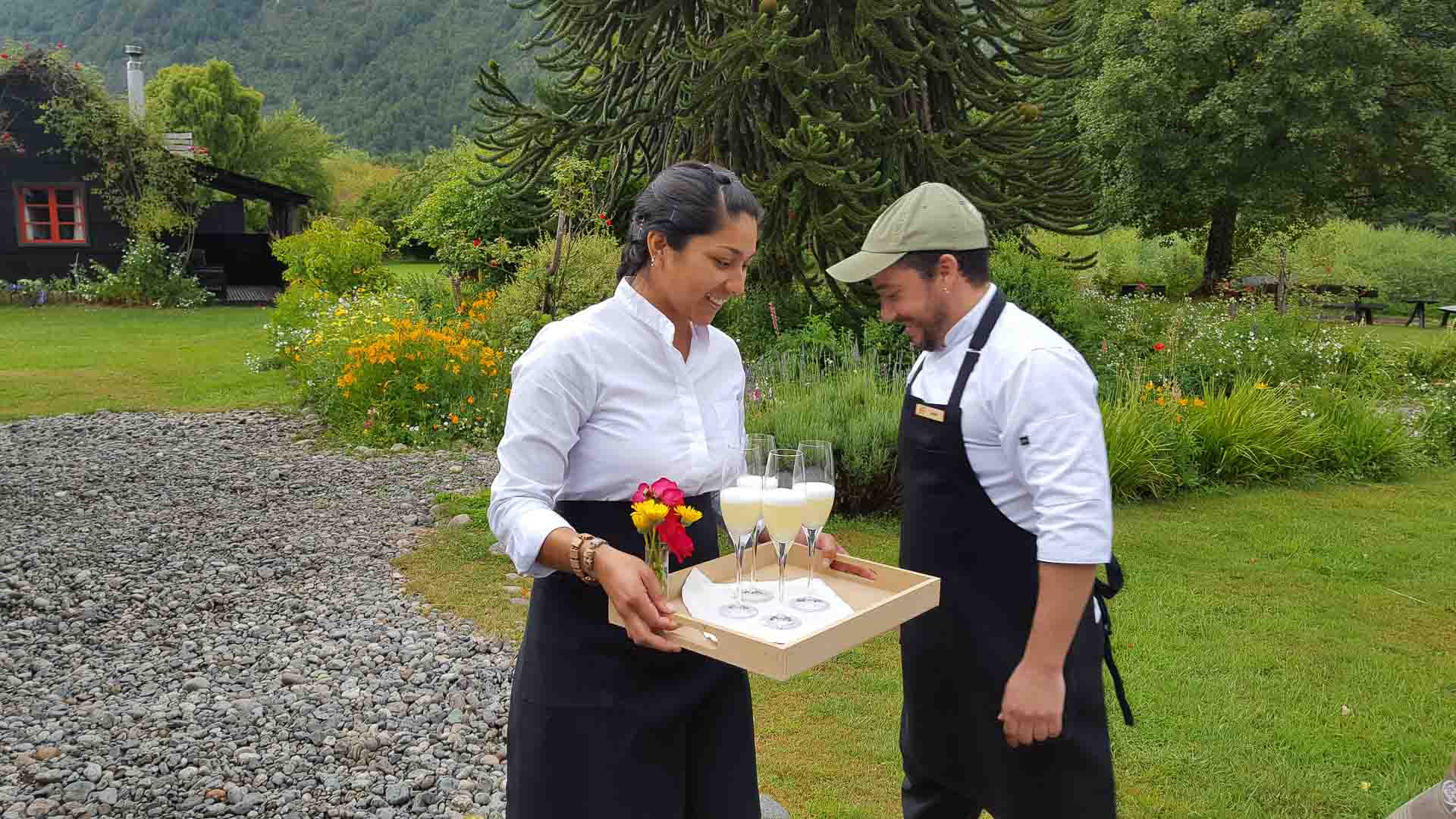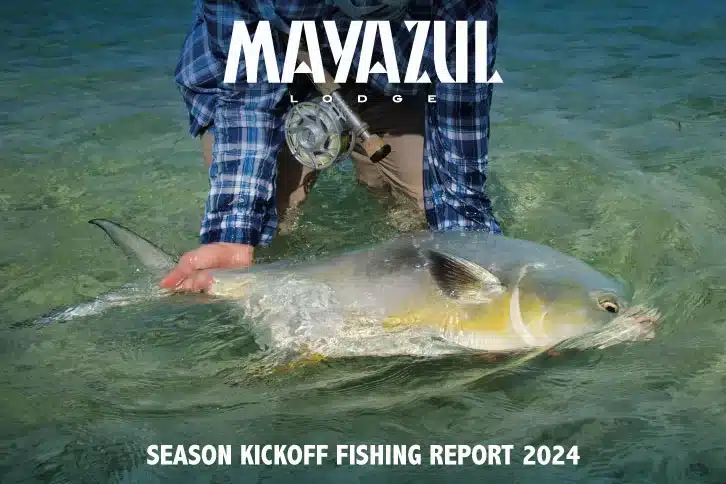Oliver White has been fly-fishing for more than a decade and has traveled the world in pursuit of his passion. Formerly a guide in Jackson, Wyoming, and at Kau Tapen Lodge in Tierra del Fuego, Oliver was instrumental in Abaco Lodge’s development. He is a fixture in the Bahamas and on the adventure angling circuit, and has recently branched out into book writing, as well as a number of TV and film projects. Oliver is an expert salt- and freshwater angler and the only FFF-certified casting instructor in the Bahamas.
Here are his tips for developing a winning casting stroke this season.
1) Stay connected
For seamless power transfer its essential to stay connected throughout the casting stroke
A common mistake I often see anglers struggle with involves the introduction of slack line into the system. For the rod to load seamlessly, on both the back and forward stroke, your fly line must be tight at all times. When hauling for distance, for instance, your line hand needs to succeed, or follow, the rod as it unloads on the backcast. If you introduce line too soon, slack enters the equation and power is lost. Once you aren’t connected with a tight line, it’s over.
2) Wait on it. Especially the backcast
Patience is a virtue when it comes to making casts that pierce through the wind. Always make sure to wait on your back cast before beginning your forward stroke
This is a great lesson, especially for casting in windy conditions. Anglers new to saltwater fly-fishing are often overly anxious to detonate the cast as quickly as possible. You see an approaching fish, you hear your encouraging guide calling out a medley of distances and foreign time zones, and your brain tells you to make it happen… quickly. But before you do, breathe. Let your backcast fully unfurl behind you. Then make the shot toward the fish. Rushing the forward stroke is bad news on many levels. It leads to tailing loops, wind knots, and lost power and accuracy when battling persistent winds.
3) Push it with the thumb
Push it with the thumb for added “oomph”
For most fly-fishing applications, I recommend a thumb-on-top grip that provides excellent strength and support throughout the cast. Not only can you use the thumb as a directional guide but when timed properly with the forward stroke—in a pushing motion—you’ll gain the advantage of ultra-tight loop formations and some added “oomph.”
4) Take it to the side. Forget this “trout up and down” stuff
If you’ve ever watched A River Runs Through It, you likely remember brothers Norman and Paul Maclean learning to cast on a metronome, straight up and down, at “10” and “2”. But there are differences between casting in saltwater vs. the backcountry trout streams of a pre-industrialized Montana. Most notably: On the flats you’ll find more consistent wind and skiff-fishing scenarios that make having a side-cast in your arsenal an asset. For the former, a tight-looped side-cast is less affected by heavy crosswinds that can blow a standard up-and-down loop off target. When fishing from the bow of a flats skiff, on the other hand, side-casts are less likely to lasso your guide… who’s busy barking orders from the poling platform.
5) Line speed! Learn the haul
In addition to generating massive line speed, the double-haul accentuates rod bend for added power
The double-haul is essential to becoming a better all-around angler. You’ll increase line speed and accuracy, while gaining distance. The process is relatively simple and you can learn it via lessons at your local fly shop. Or join us at Abaco and Bair’s lodges—anytime—for a beachside tune-up before we hit the flats.
6) Practice, practice, practice…
Before embarking on your next adventure to the Bahamas and beyond, setup backyard targets and practice hitting them. Connecting with more bonefish—and trout—is a matter of accuracy. And to intercept cruising fish, you must be able to present your flies on target, at: 30, 40, 60 and, why not, 80 feet. Practicing these distances at home, and gaining the muscle memory to deliver them abroad, gives you a marked advantage in the field.



